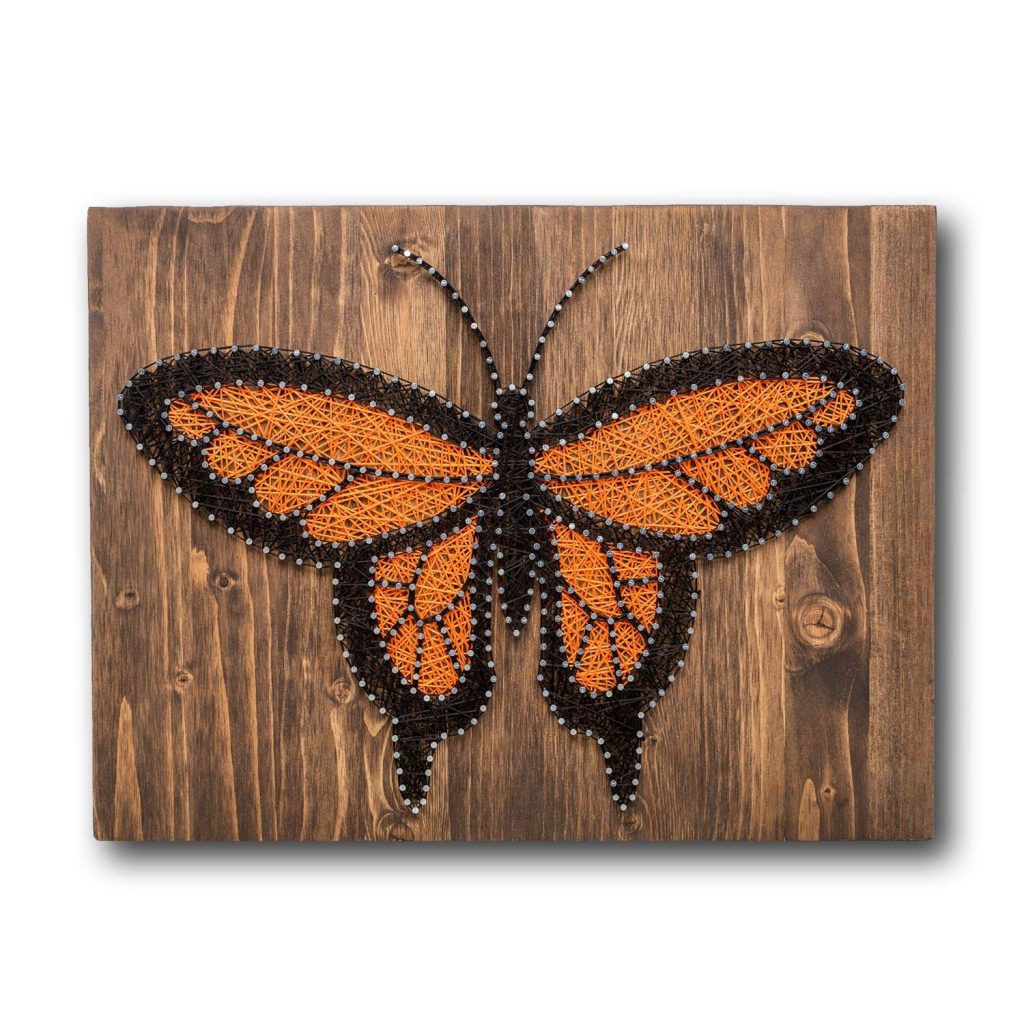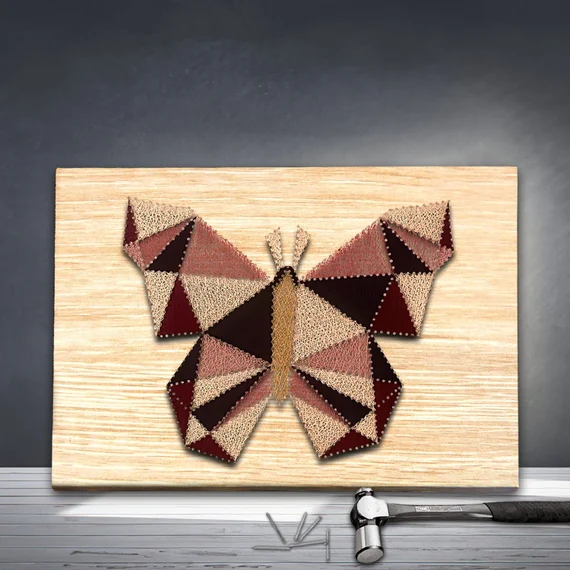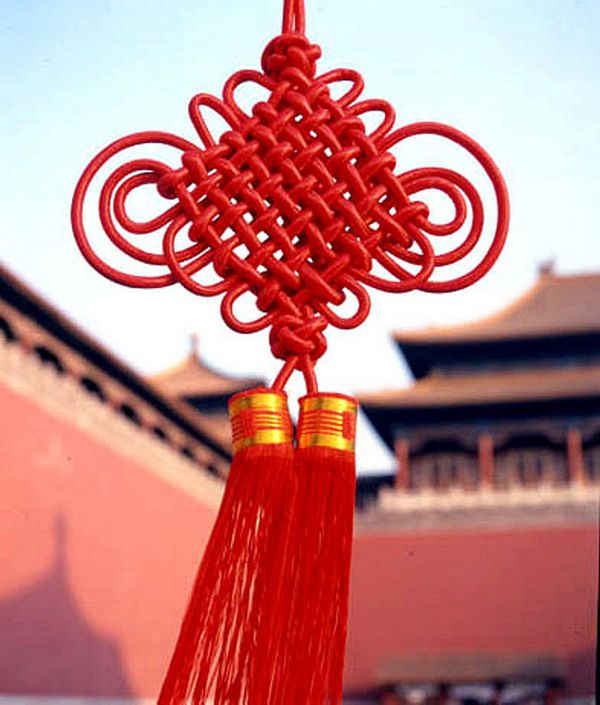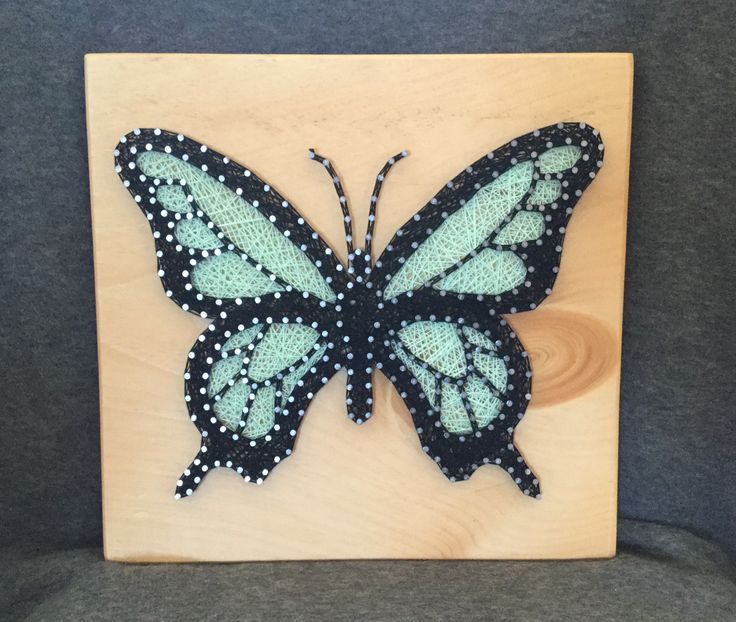 Look at this beautiful picture, I believe many people have seen this kind of arts. If you haven’t seen it before, let’s take a closer look at the origins and history of this art.
Look at this beautiful picture, I believe many people have seen this kind of arts. If you haven’t seen it before, let’s take a closer look at the origins and history of this art.
Introduction for String Arts
String art is an art form that has mesmerized artists and art enthusiasts with its captivating beauty. Its origins can be traced back centuries, and its discernment import is noticeable in various civilizations across the globe. This art form has evolved from its early beginnings to turn a diverse and dynamic spiritualist of expression.
String art finds its roots in ancient civilizations like the Egyptians and Greeks, who utilized draw to create decorative patterns. The Egyptians adorned their clothing and textiles with thread, incorporating intricate designs that reflected their undefined and beliefs. Meanwhile, the Greeks utilized thread to outline their architectural designs, enhancing the stunner of their structures through and through intricate patterns.
Over time, string art has been through a transformation, adapting to the artistic trends of unusual eras. During the Renaissance, artists Leonardo da Vinci integrated precise thread patterns into their work, adopting a unquestionable and geometric approach. In modern times, string art has practised a revival, attracting artists who search new techniques, materials, and styles.
Today, string art continues to evolve, with contemporary artists push the boundaries of orthodox techniques. It has turn a nonclassical undergo form of DIY crafts, allowing individuals to unleash their creativeness and create unique designs. The versatility of draw art has also led to its practical application in various fields, from interior design to therapeutic art practices.

The Ancient Origins
At first, ancient civilizations like the Egyptians and Greeks laid the foundation for draw art as an artistic expression. The Egyptians, renowned for their elegant craftsmanship, utilized thread to beautify their clothing and textiles with intricate patterns. These designs, a great deal incorporating symbols and motifs representing their culture and beliefs, showcased the use of thread as a decorative element. Similarly, the Greeks used string to outline and heighten the architectural features of their structures. By strategically placing strings, they created visually appealing patterns and accented the aesthetic beauty of their buildings. Also, these early on instances of string art represent the fundamental principles of using string as a visual element, showcasing the ingeniousness and creator prowess of these ancient civilizations. They typeset the stage for the future development and undefined of string art as an art form in later eras.
Chinese String Art
Ancient Chinese culture holds one of the earliest recorded instances of string art through the art form known as “knotting.” This traditional practice involved skillfully weaving intricate patterns using a variety of strings. These patterns held deep cultural significance, representing symbols or conveyance particular meanings. Knotting was not only seen as an artistic verbal expression just also believed to carry talismanic properties. It was believed to work goodness fortune and protection to those who possessed or displayed them. This ancient Chinese custom showcases the profound undefined between art, symbolism, and spirituality, highlighting the cultural importance and lasting touch of string art in ancient civilizations.

String Arts in European Renaissance
String art experienced a tide in popularity during the European Renaissance, specifically in the 17th century. This geological era saw the art form evolve into more complex and mathematically-inspired designs. Artists utilised string to meticulously craft precise geometric patterns, such as spirals, polygons, and intricately curved shapes. DA Vinci’s inclusion of draw art principles heightened its mold during the Renaissance. Da Vinci showcased string art’s potentiality for intricate and fine expressions through precise three-dimensional representations. The Renascence marked a pivotal moment for string art, inspiring artists to search its possibilities through captivating geometric complexities.
String Arts in Coeval Resurgence
- In the mid-20th century, string art experienced a resurgence, captivating artists eager to explore fres originative mediums. St. Peter the Apostle , a Dutch artist, revitalised string art in the 1960s, introducing it to the contemporary art scene..
- Following, Raedschelders took a seer approach, blending string art with strange creator forms much as picture and sculpture. His innovative techniques and striking creations propelled string art back into the spotlight, captivating a new propagation of enthusiasts and collectors.

- Raedschelders’ integration with other mediums opened up a kingdom of possibilities, expanding the boundaries of traditional string art beyond its conventional framework. By incorporating elements of picture and sculpture, he brought a new tear pour down of depth, texture, and dimension to the ticket art form. This uniting of techniques added complexness and ocular interest, breathing newly bread and butter into string art and sparking the matter to of coeval artists seeking to push the limits of their have creativity.
- The Bodoni font font revival of string art, spearheaded by Raedschelders and strange illusionist artists, helped establish its status as a reputable and sought-after art form. Their groundbreaking ceremony approaches and hit compositions brought renewed aid to it, attracting collectors and art enthusiasts who were captivated by the unusual intermingle of orthodox workmanship and coeval artistic sensibilities.
- In a word, the mid-20th undefined revival meeting of string art, led by visionary creative person Peter Raedschelders and his contemporaries, reignited matter to in this captivating ticket fine art form. Certainly, by desegregation string art with other mediums, they introduced newly perspectives and expanded the possibilities of yeasty expression. Their contributions have solid string ticket art as an esteemed and spirited art form, continuing to inspire artists and enthusiasts today.
Contemporary Application
In the present day, string art has not doomed its undefined and continues to undefined artists and art enthusiasts around the world. Its evolution has led to the exploration of a wide straddle of styles and techniques. contemporary artists are constantly tug the boundaries of orthodox string art by experimenting with various materials, colors, and textures. And they immingle different mediums, such as incorporating beads, sequins, or flush incorporating mixed media elements, to create visually surprising and unique pieces.
Moreover, string art has turn a popular selection for DIY crafts. With pronto available materials and tools, countless individuals have understood up draw art as a successful outlet. It offers an accessible and fulfilling elbow room for people to express their creator inclinations and produce their own personalized designs. Online platforms and communities dedicated to it have flourished, allowing enthusiasts to partake in their creations, undefinable ideas, and subscribe apiece other’s creator journeys.
This general popularity of string art as a DIY craft has led to the cosmos of kits and tutorials. These cater to beginners and those quest to enhance their skills.These resources cater step-by-step in operation instructions. Additionally, they supply templates, making string art accessible to individuals of all ages and artistic backgrounds. And we can see more string art in pakistan too, many string art in pakistan have received praise recently.
In a word, string arts invole continues to turn as coeval artists explore newly possibilities, and DIY enthusiasts hug the craft. Its evolution into a various and accessible fine art form has ensured its enduring popularity in the modern ticket art world. Whether it is traditional or experimental, it remains a entrancing and engaging spiritualist for artistic expression.
The history and origination of string art discover its deep discernment roots and artistic significance. Then from antediluvian Egypt and Greece to the European Renaissance and modern times, draw art has systematically captivated audiences throughout history. As the art form continues to evolve and conform to contemporary styles, it cadaver a testament to the creativeness and ingenuity. And those artists who harness the power of string to create mesmerizing works of art.